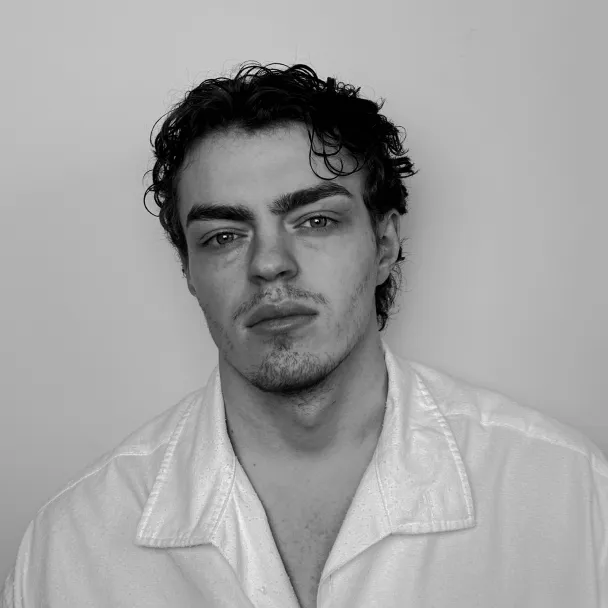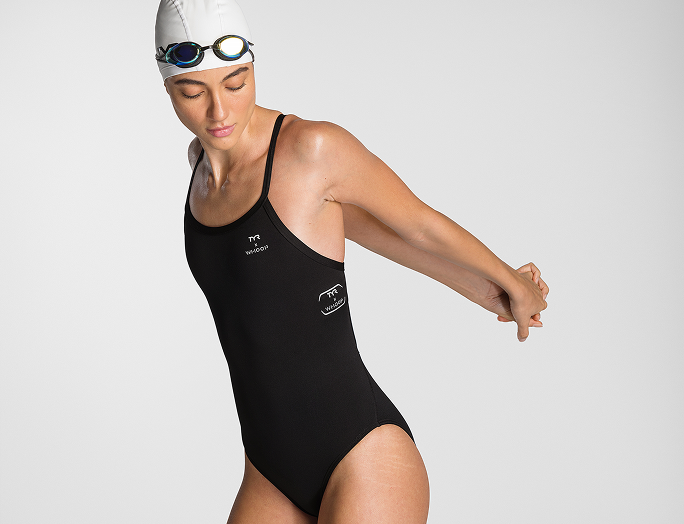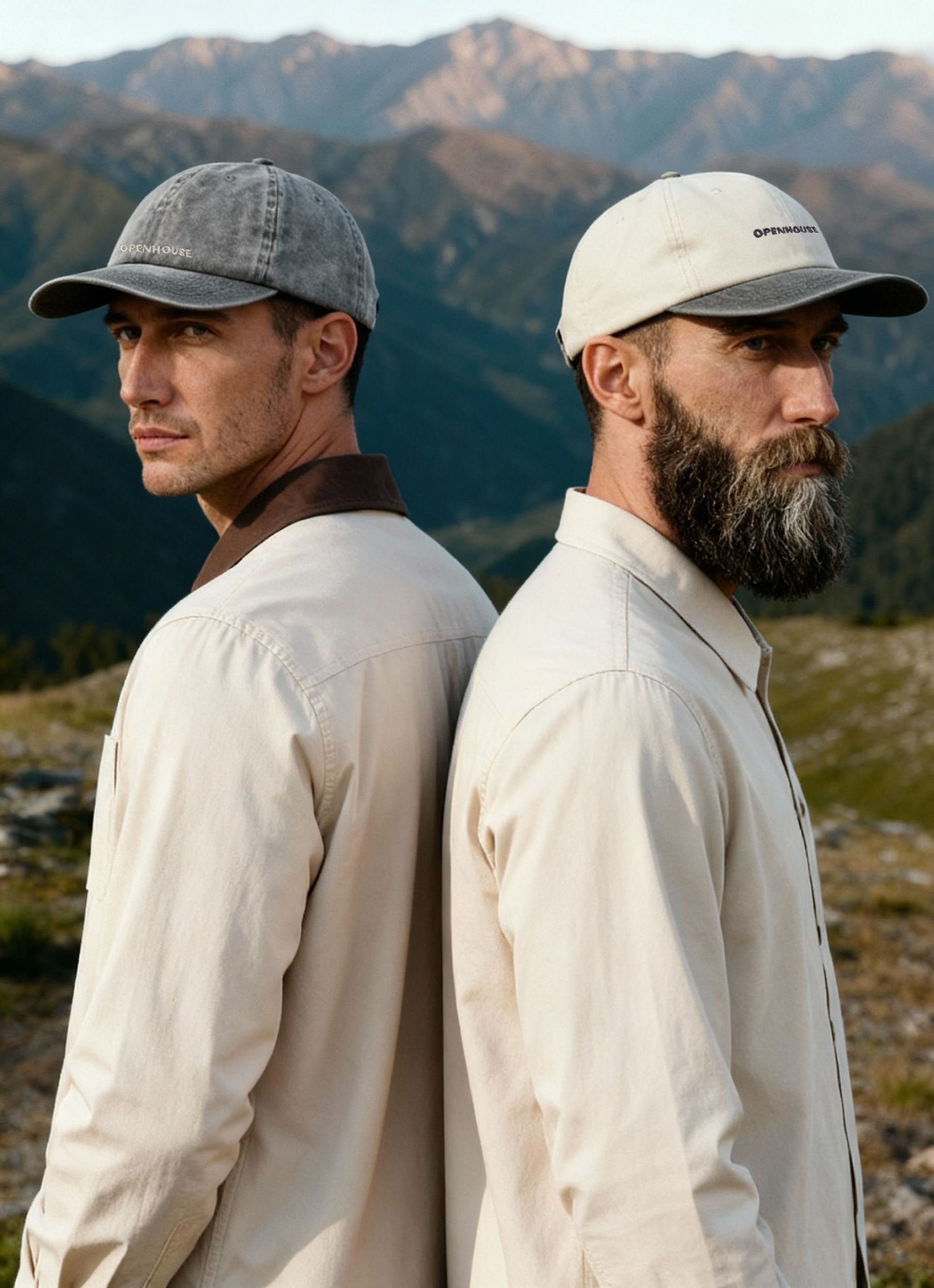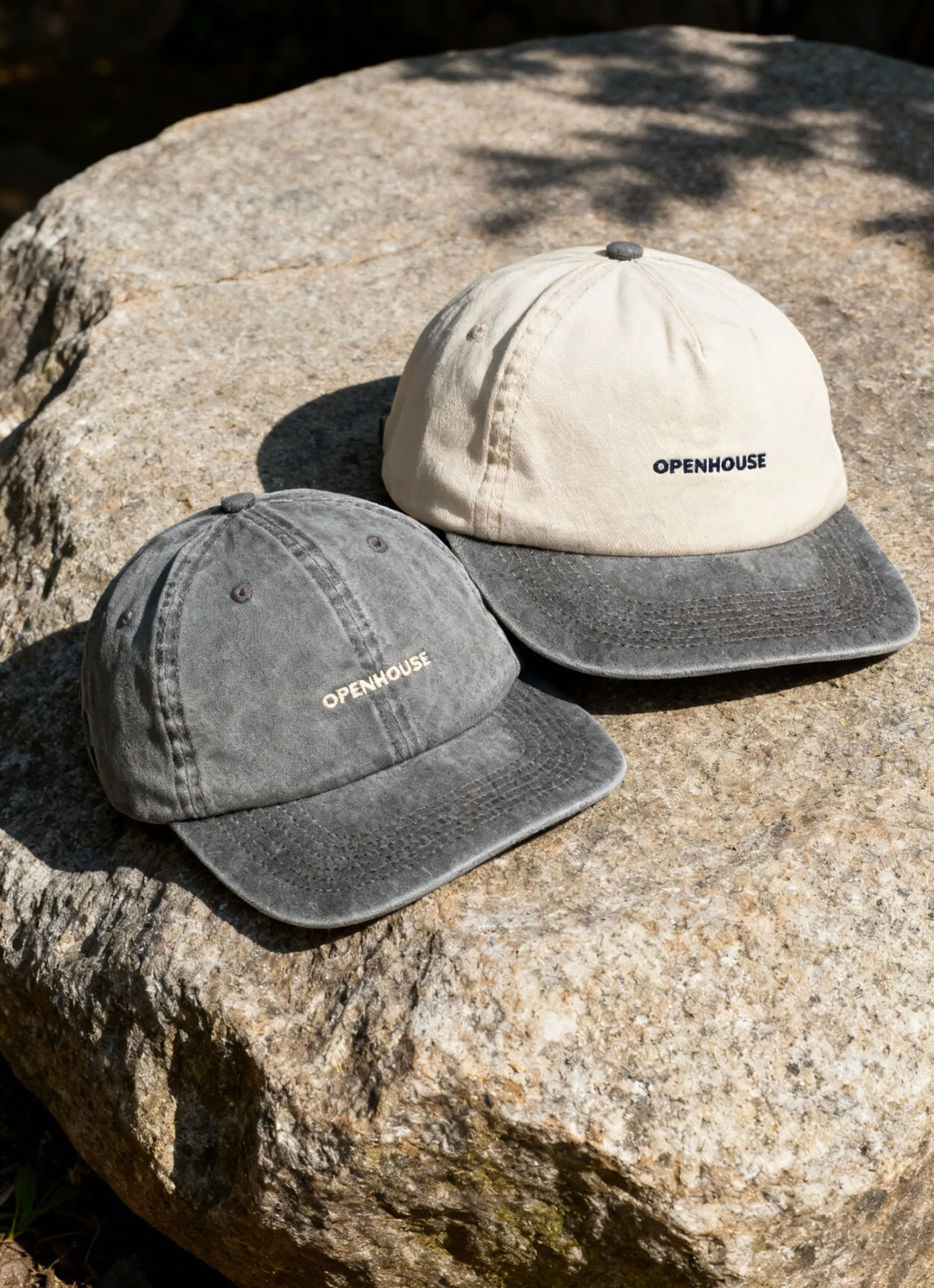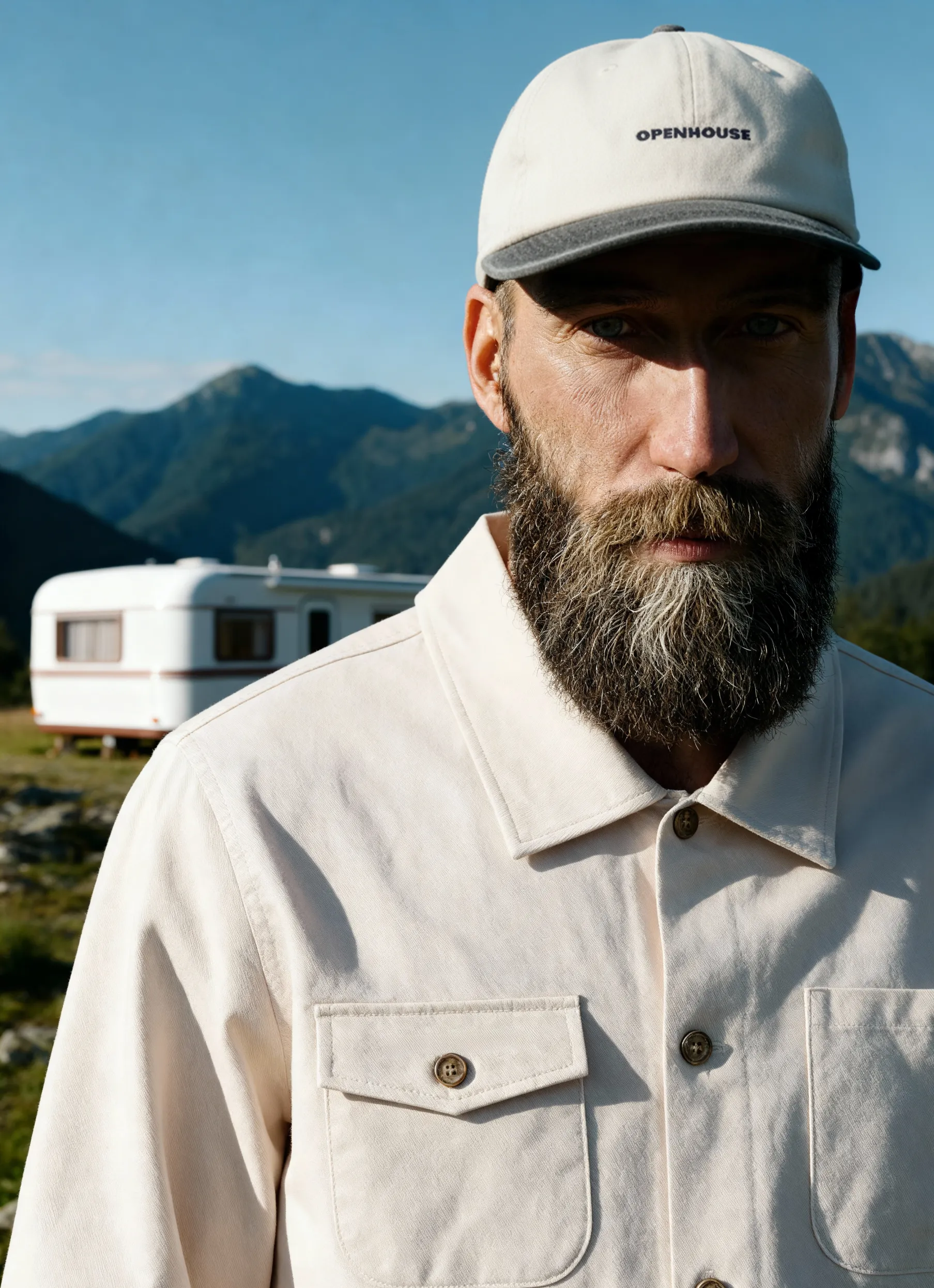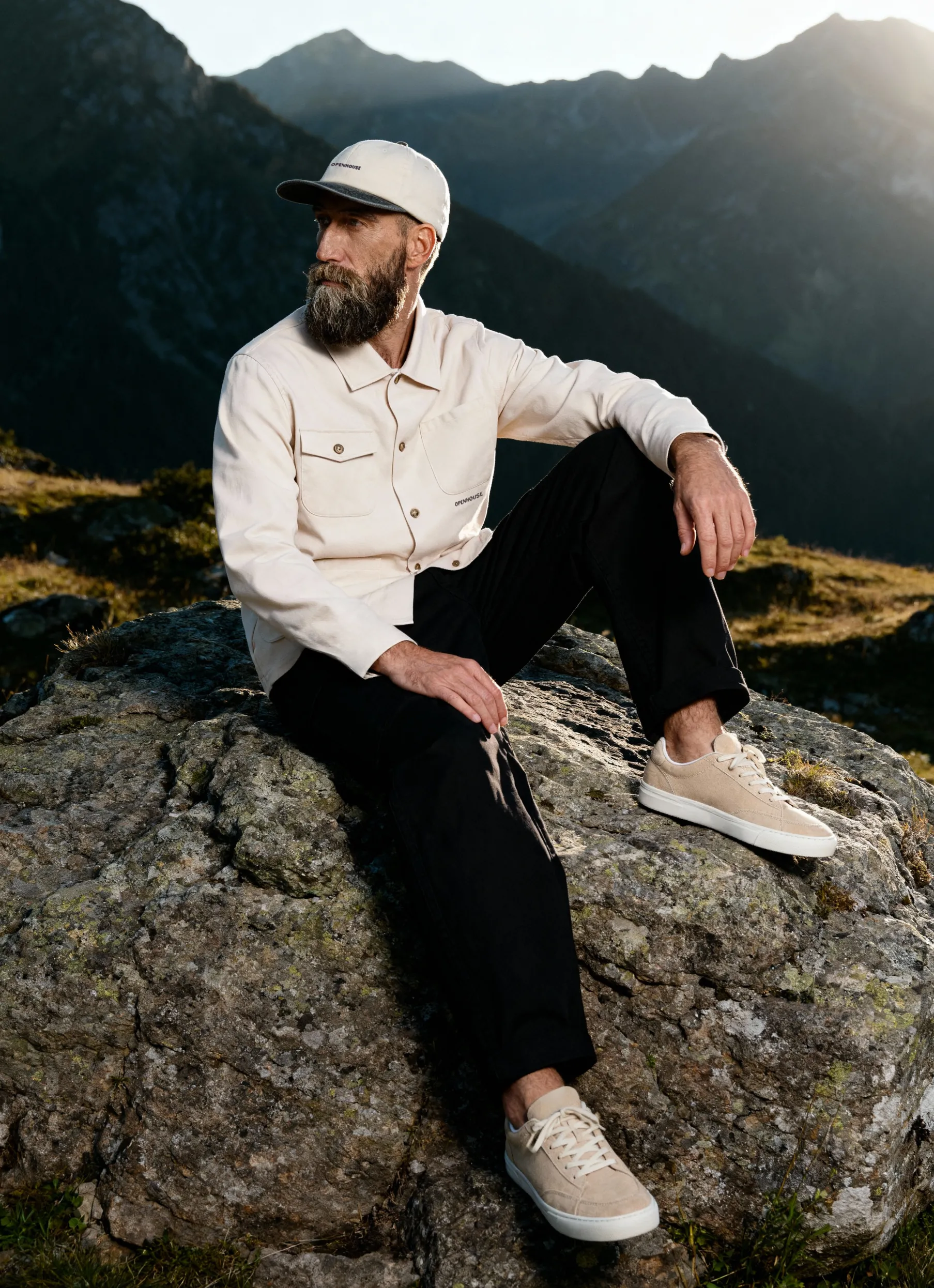On the 6th episode of Squaretalk, we chatted with Brian Guidry, Chief Growth Officer at Pixelz – a platform that empowers photo studio professionals with reliable retouching at scale.
Brian has worn a lot of different hats, but now mostly focuses on the commercial side of the business – working with the sales team and business development as well as various partnerships. Across the episode, we explored agile processes in business scaling, instruments for maintaining consistency, automatization, and many more insights that revolve around running a large-scale retouching company.
This podcast will be especially insightful for enterpreneurs, e-commerce brands, studio owners, and freelance creatives.
Squaretalk is an e-commerce and content production podcast created by Squareshot – a product photography service with a strong focus on process efficiency and client experience. The goal of Squaretalk is to explore instruments, ideas, and processes that set apart successful businesses and individuals in the booming industry of e-commerc41
Shownotes
[00:00] - Intro
[01:18] - Brian’s background and a little bit about Pixelz
[02:00] - Pixelz and its role in the e-commerce/content production industry
To sum it up, Pixelz is in the e-commerce enablement bucket. They are a service behind the scenes, but they play a core role in a lot of high growth e-commerce. Helping create product content at scale and try to get professional quality product images online to help them sell more.
[02:39] - A day in the life of a chief growth officer
Brian has worn a lot of different hats, but now mostly focuses on the commercial side of the business – working with the sales team and business development as well as various partnerships. It’s also important to look for ways to help customers thrive. In an environment where there are tons of uncertainty, tons of bottlenecks, it’s a continuous process to figure out how to scale efficiently. It all comes down to problem solving in creating scalable content production solutions.
[03:27] - What Pixelz was like when Brian joined
Around 2012, Pixelz focused on marketplace imagery, creating product images for amazon, ebay, Rakuten etc.
Pixelz also had an api, so they were integrating image editing and retouching services into a lot of the big commerce platforms.
Fast forward to modern day,
Pixelz can now be considered a one stop shop for everything on a pdp page when it comes to product content - working with a lot of ecommerce leaders and helping them edit and retouch product content at scale.
The first several years were about understanding the business. It was created by scratching their own itch, based on a lot of e-commerce agency backgrounds.
It’s also important to touch on the global footprint. Pixelz has Danish founders, an office in San Diego allows them access into the American market, as well as a huge presence in Asia – offices in Vietnam and other satellite offices elsewhere.
[07:34] - Key differences between the content production in the US and EU
The key difference is the presence of a marketplace-first mentality. There are thousands of ecommerce businesses that have things like Amazon as their main channel. In terms of content production, most marketplaces have specialized content requirements, so that either complicates it or simplifies it significantly. It’s hard to generalize because it depends on the type of leadership a company has and its agility in the marketplace.
[10:08] - Shift from batches to flow
The core of the methodology at Pixelz and how they think about production is the fact that they started as a traditional outsourcing company. Once they scaled up to a certain point, they realized that there were extreme amounts of inefficiencies at every level of production. A few years ago they adopted a lean production approach, which would try to optimize every part of the production along the way.
Another turning point was working with some of the largest fashion retailers in North America and Europe. They wanted to question the entire process of running in a batch, especially when time to market is a huge competitive advantage in the industry.
Why wait 24 hours to send a photo to post production when you can make the selections on set and push those over to post? Questioning established processes is a huge part of scaling efficiently. Some case studies show an 80% improvement in time to market within a month of transitioning to using flow.
[16:10] - What instruments are in place to maintain consistency when processes are scaling
By shifting to this lean/agile approach, when receiving a style guide from the customer – what they are doing behind the scenes is taking that style guide and they break it down into its component steps. When those steps are disassembled, they would have 5-10 different expert retouchers working on that image and then also, depending on the steps, leveraging automation and technology to automate those steps.
QA and consistency – if you don’t have a system or a process, that’s by far step number one. This industry is where everyone is promised speed, consistency and scale – they rely on technology heavily. They don’t have a final QA process, they will QA an image after every single retouching step or optimization step. It could be an automated step, or a manual QA step.
[19:36] - Which part of retouching processes have been automated across the last 5 years, and which ones are yet to be
“52% of retail activities can be automated”
As an example, the process of masking has a lot of time saving that is embedded in the process, it just has to be identified. Keeping a natural shadow, resizing, cropping as well as basic skin work are all processes that have either been fully automated, or the majority of that process is automated. Subjectivity and artwork – these are the aspects that technology is still struggling with.
Pixelz is proud of running a hybrid post production model – you’ll struggle to find a retoucher that loves doing that work, and they can automate that and make everyone happy in the process. They are also moving into helping produce more elevated pdp, and more autonomy in the studios, especially having photographers being empowered to try new and bold things.
[27:28] - Prerequisites to scale overnight (or very quickly)
One of the things that radically improved the ability to scale is investing in technology. To give some context, to go back 3 years or so, Pixelz were automating around 25% of the total post production work. Fast forward to today, about 75% of the work globally is now automated in some shape or form. It could take the form of AI, scripts or general techniques to speed up the process.
Another thing is, evaluating the customer base and aligning on expectations around what SLAs are, daily capacities, how customer forecasts are handled.
Studio managers are, generally speaking, in an underdog scenario – if it’s not the product arriving on time, then the samples aren’t right, or the marketing team comes and throws a job at them. There’s always a burning bridge to be put out. The goal is to have a process and a system that enables studio directors to consistently beat deadlines – rain or shine, by leveraging reliable photo editing AI.
[32:43] - Why should a company choose an outsourced retouching team over an in-house one
Biggest reasons being flexibility and scale. An outsourced team may turn out to be a tremendous success story or a complete nightmare if the client does not understand the behind-the-scenes thoroughly. Expectations also need to be aligned correctly to avoid disaster. An in-house team carries with it full control, and the team is already familiar with the brand aesthetic – but that is exactly where scaling issues arise. Depending on the quantity of work, the team can only do so much.
[37:53] - Upscaling talent – What’s the approach towards investing into talent and upscaling it?
Besides the automation piece, they work with a lot of high-end luxury brands that have very specific requirements that they might not have the skillset to take on. They would need to go out and train a team of people to perform a certain task.
The solution turned out to be a thing called Pixelz Academy. It’s an internal tool, so it’s not available outside of Pixelz, but that has helped incredibly with bringing up junior retouchers to level up when there is no work in the realm of their ability, to up their skills. It has around 12 employees running it, and around 1200 videos with a gamified system to help take employee skill sets to the next level.
Product A
SQUARE SHOT



